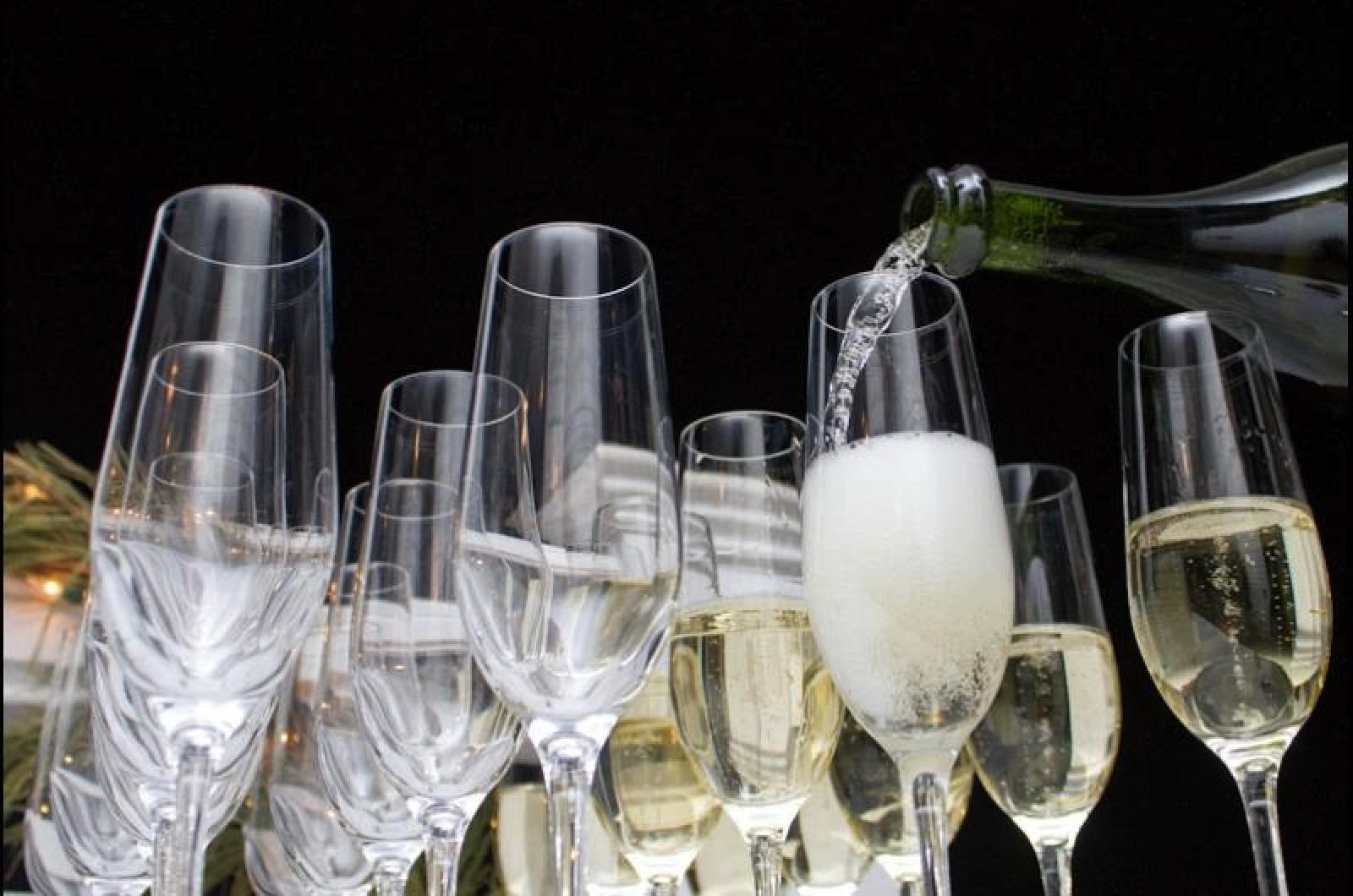Yeast, fermentation, and grapes — these are all natural, right? That is how to justify writing about champagne in a nature column.
Must there be a reason to think of champagne this time of year? Isn’t it enough that New Year’s Eve is approaching and champagne is the unofficial drink of the season? Call it tradition, one whose reason was best described by one writer as “religion, royalty, and good marketing.”
The drink itself screams of science and natural processes. Chemistry, physics, biology, ecology, and pedology (soil science) all are needed to create the best bubbly beverage.
The key to champagne is the second fermentation of the drink. Originally, this final fermentation was an accident that occurred during a cold winter that stopped the yeast’s first fermentation and restarted a second time when the weather warmed.
That secondary fermentation is vital and can be dangerous too. Consider that the pressure within a bottle of champagne is approximately 90-pounds per square inch. For reference, this is three times the pressure in most car tires.
The power of that pressure is impressive. Corks can fly out of a champagne bottle at speeds near 25 miles per hour and as high as 40 miles per hour. And when those corks fly, they can go far. The longest distance a champagne cork was recorded to traverse was 177 feet, which is more than half the distance of a football field.
Beware those flying corks. A few resources claim that there are 24 annual deaths due to errant corks, with a third of those fatalities occurring during weddings. And another fun fact shows that one is more likely to be killed by a champagne cork than a poisonous spider. Take that arachnophobes. However, though Snopes isn’t commenting, other sources dispute these so-called facts.
This danger, if not associated deaths, was historically acknowledged. Early vintners wore iron helmets to protect their heads and faces from the force of fermentation. With up to forty nine million bubbles per bottle, champagne has three times more gas than beer. A single glass emits 30 bubbles per second.
And when that pressure is trapped, it can lead to explosive results. Champagne production was originally stymied because bottles couldn’t support the volatility of its contents. With stronger bottles came a safer produce.
But it is also really important to follow recipes for any fermented beverage. One memorable holiday, my sister in law brewed beer for the adults and root beer for the kids. She is not known to follow recipes precisely and in form changed the amounts and types of sugars in these beverages. Upon returning home and unpacking our holiday goodies, one brew exploded throwing glass shards everywhere and staining the ceiling with brown liquid.
After ducking and covering, we called to let her know that she might want to warn the other gift recipients. Not wanting to admit there was a problem with her home brew, she pointed out that she had boxes of perfect beverages in her basement. A week later, she recanted her protests after her entire stash exploded, making her basement a breaking bottle war zone.
Take this lesson with a grain of salt, or better yet a sip of champagne. After all, it is New Year’s and as F. Scott Fitzgerald advised: “Too much of anything is bad, but too much Champagne is just right.”
Suzan Bellincampi is director of the Felix Neck Wildlife Sanctuary in Edgartown, and author of Martha’s Vineyard: A Field Guide to Island Nature.







Comments
Comment policy »